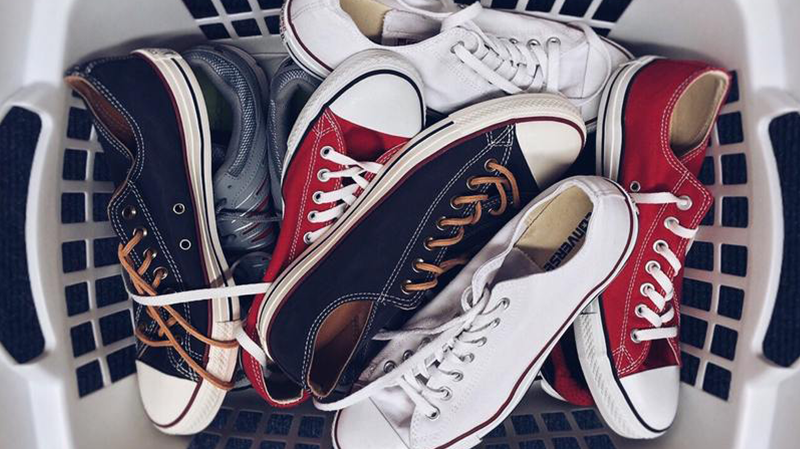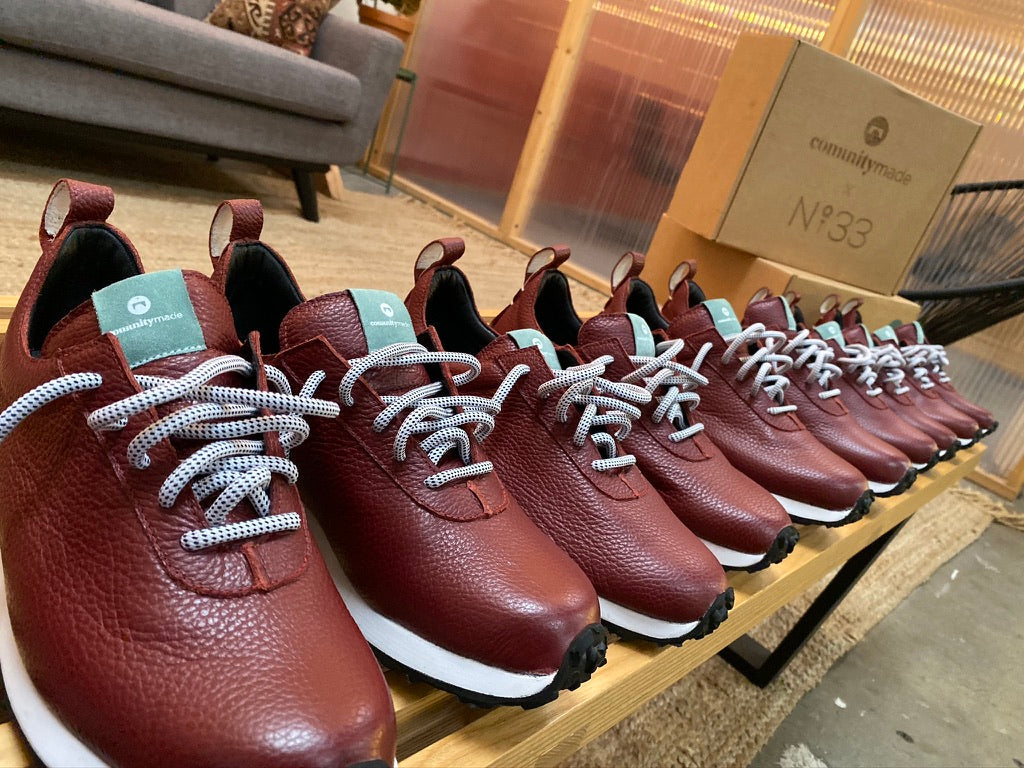
Unfortunately, the counterfeiting market is a booming industry across the world as many buyers are wanting to achieve that high end designer look for that thrift store price. Buying and selling fake goods can destroy the reputation of a legitimate business. It can decrease their rightful profit margin and hurt their overall business.
We’ve all seen them – those cheap knock-offs of designer brands
– possibly, while shopping at some hip bodega in a large city or at your local flea market. The most popular of these items are typically designer handbags and shoes, as these are the must-have purchases to complete any latest fashion trend. With a growing online market, it has become easier than ever for even the most casual of buyers to keep up with the ever-changing fashion industry. To the untrained eye, even the most poorly made knock-offs can pass for the real thing. While it is great that companies are making cheaper alternatives for products of some of the world's most well-known brands, there is a difference between knock-off products and counterfeit items.
** COVID-19 UPDATE - COUNTERFEITING IS BOOMING
The pandemic has affected all of our lives in ways that we could not imagine but one thing that it has impacted is the supply chain of almost everything we consume and the way we are purchasing them - shoes included. The counterfeit markets are BOOMING as more people turn to online shopping. It is important to make sure you are buying any of your products from trusted retailers vs. buying based off of price concerns as this may lead to a purchase from a counterfeiter. One way to ensure you are getting authentic shoes is to buy directly from the brand/manufacturer.
Difference Between Knock-off and Counterfeit Items

A knock-off item is one that is designed to mimic a legitimate product without misrepresenting the logo, so the buyer knows that he or she is not purchasing from the actual brand. Counterfeit items, on the other hand, are designed to replicate the actual product and mislead the buyer into believing they are purchasing the authentic product. These are more stealthy and made to deceive consumers, as they try to pass off as the real product. Brand-savvy fashionistas with astute eyes may be able to spot the difference between a counterfeit item and a fake designer handbag by looking at the stitching and other minor small details, but Average Joes looking to snag a high-price item at a huge discount are unable to tell the difference. In America, it is not necessarily illegal to accidentally purchase counterfeit items, but it is illegal to turn around and sell them to another unsuspecting buyer once you realize they are in fact fake goods. Knowingly selling counterfeit goods is subject to legal action by law enforcement agencies. If convicted, someone may face a fine of up to 2 million dollars and a jail sentence of up to 10 years. In addition to facing charges for trafficking or selling counterfeit goods, the accused party may also face civil charges for copyright infringement, unfair competition, trademark infringement and trademark dilution.
Harmful Effects of the Counterfeiting Industry
Unfortunately, the counterfeiting market is a booming industry across the world as many buyers are wanting to achieve that high end designer look for that thrift store price. Buying and selling fake goods can destroy the reputation of a legitimate business. It can decrease their rightful profit margin and hurt their overall business. Not only does the counterfeiting industry impact the actual business whose product they are trying to replicate, it has further ramifications that most consumers may not be aware of. What you may not know is that whether you’re purchasing a knock-off pair of fake shoes or buying counterfeit designer goods, you are causing a huge impact on the world around you.
-
Impact on Local and Global Economy
- Buying fake and counterfeit goods has a negative effect on local and global economies. American businesses alone lose approximately 200 billion dollars annually due to counterfeit items. Foreign such as Samsung also lose revenue each year due to counterfeit electronics that flood the market.
-
Counterfeit Items don't Support Taxes
- Counterfeit operations do not pay taxes, further damaging global and local economies. Taxes go to pay for things like improvement of highways and roads, funding for city schools, hospitals, parks and other social economic programs.
-
Impact on Employment
- Not only do fake goods have an impact on the revenue and reputation of a legitimate brand, they jeopardize the job market in the United States and other foreign countries. Research has shown that nearly 2.5 million jobs have been destroyed by the counterfeit market, with 750,000 in the United States alone.
-
Supports Child Labor
- Most counterfeit goods are produced in foreign sweatshops which promote child labor and indentured servitude, a form of modern day slavery. Sweatshops are notorious for disregarding child labor laws and basic human rights of their workers while paying next to nothing in order to capitilize on their profits.
-
Promotes Organized Crime
- The involvement of gangs and organized crime in the counterfeit market has long been well documented as its an easy way to launder their dirty money. Furthermore, according to the United Nations Interregional Crime and Justice Research Institute, counterfeiting has become one of the most lucrative ways for organized crime gangs to make money, helping to support things like the illegal sale of drugs and sex trafficking.
-
Introduces Dangerous Products into the Market
- Counterfeiters don't care about your well-being, they just want to make a profit. Many counterfeit products are made with cheap, low quality materials that can cause injuries. Counterfeit footwear has been known to cause injury to the ankle and foot while items made with cheap batteries have been known to explode without notice.
-
Cheap Quality
- The saying “You get what you pay for” has never been more true, in regards to the counterfeit industry. Knock off shoes and designer handbags fall apart after little to no use. Counterfeit shoes are often uncomfortable and have caused injuries due to the materials they are made from. Part of the reason why designer brands are more expensive is because they are made to last with the highest quality of materials.
-
Undermines Innovation
- Without the proper protection of their intellectual property, why would designers and innovators keep making products if they are unable to reap their rewards? By ensuring that you are actually purchasing the real product, you are ultimately guaranteeing that these companies will continue to manufacture their products in the future.
In order to help combat this epidemic, consumers must beware of their purchases. If a bargain seems too good to be true, it most likely is. Although it might seem like a good idea to buy that $300 dollar designer bag for $10 from some street vendor, just be aware of the dire consequences that your purchase may come with. Better yet, just save your hard-earned dollars for a purchase that will be more worth it.


